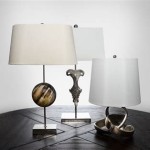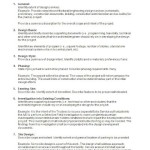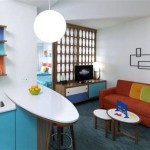Interior Design For Home Meaning In English
Interior design is the art and science of enhancing interiors to achieve a healthier and more aesthetically pleasing environment for the use of space. It is a multifaceted profession that involves a deep understanding of spatial planning, color theory, lighting, furniture selection, and the overall flow of a space. Professional interior designers collaborate with clients to create personalized spaces that reflect their individual needs, tastes, and lifestyles. The goal is to create functional, beautiful, and comfortable interiors that enhance the quality of life for those who inhabit them.
Key Elements of Interior Design
Interior design encompasses various aspects that work together to create a cohesive and satisfying interior environment:
1. Space Planning and Layout
The foundation of interior design is the efficient and functional organization of space. This involves analyzing the room's dimensions, identifying the purpose of the space, and strategically placing furniture and other elements to maximize flow, minimize clutter, and create distinct zones for different activities. For example, a living room layout might prioritize comfortable seating arrangements for conversation and relaxation, while a home office layout might emphasize desk space, storage solutions, and ample natural light.
2. Color Theory and Palette
Color plays a crucial role in setting the mood and atmosphere of a space. Understanding color theory, including the psychology of color and complementary color schemes, is essential for creating a harmonious environment. Color choices can influence emotions, perceptions, and even physical sensations. For example, warm colors like red and orange can evoke feelings of energy and excitement, while cool colors like blue and green can promote calming and relaxing sensations.
3. Lighting Design
Lighting is a powerful design tool that can dramatically alter the perception of a space. Interior designers use a combination of natural and artificial light sources to create different ambience and highlight specific features. Natural light, when used effectively, can enhance the feeling of space and create a sense of openness. Artificial lighting can be strategically placed to create both functional and decorative effects, such as task lighting for work areas or accent lighting to highlight artwork or architectural elements.
4. Furniture Selection and Placement
Furniture plays a vital role in both functionality and aesthetics. Interior designers consider the scale, shape, and style of furniture pieces to create a balanced and comfortable environment. They also consider the overall flow of the space and the purpose of each furniture piece to ensure that it aligns with the client's needs and lifestyle. For instance, a sofa placed in a central location encourages conversation, while a large armchair in a corner might provide a cozy and private reading spot.
5. Material Selection and Finishes
The choice of materials and finishes plays a crucial role in the overall feel and durability of an interior space. Interior designers carefully select textures, patterns, and materials to create a cohesive and visually appealing environment. For example, selecting natural materials like wood and stone can add warmth and authenticity, while using metallic accents can create a modern and sophisticated feel.
6. Decorative Elements and Accessories
Decorative elements and accessories add personality and visual interest to a space. These can include artwork, rugs, throw pillows, curtains, and various decorative objects. Interior designers use these elements to enhance the overall design concept, create focal points, and reflect the client's personal style. They carefully consider how these elements complement the existing design features, creating a balanced and visually engaging environment.
Interior design is a highly creative and fulfilling profession that requires a combination of artistic vision, technical knowledge, and strong communication skills. By understanding the key elements and principles of interior design, individuals can enhance their own living spaces, creating environments that are both functional and aesthetically pleasing.

The 30 Essential Interior Design Styles You Need To Know

The 30 Essential Interior Design Styles You Need To Know

80 Gorgeous Living Room Decorating Ideas For Every Style

45 Clever Small Home Ideas For 2025

45 Clever Small Home Ideas For 2025

Interior Design Vs Architecture What S The Difference

75 Genius Home Decor Ideas From The Designers We Love

80 Gorgeous Living Room Decorating Ideas For Every Style

4 Need To Know Tips For Decorating A Small Space

99 Stylish Living Room Ideas To Copy Now House Garden








